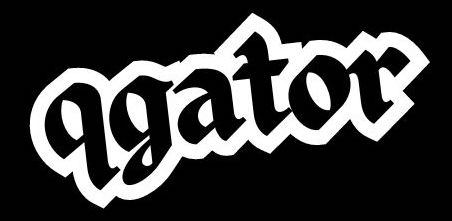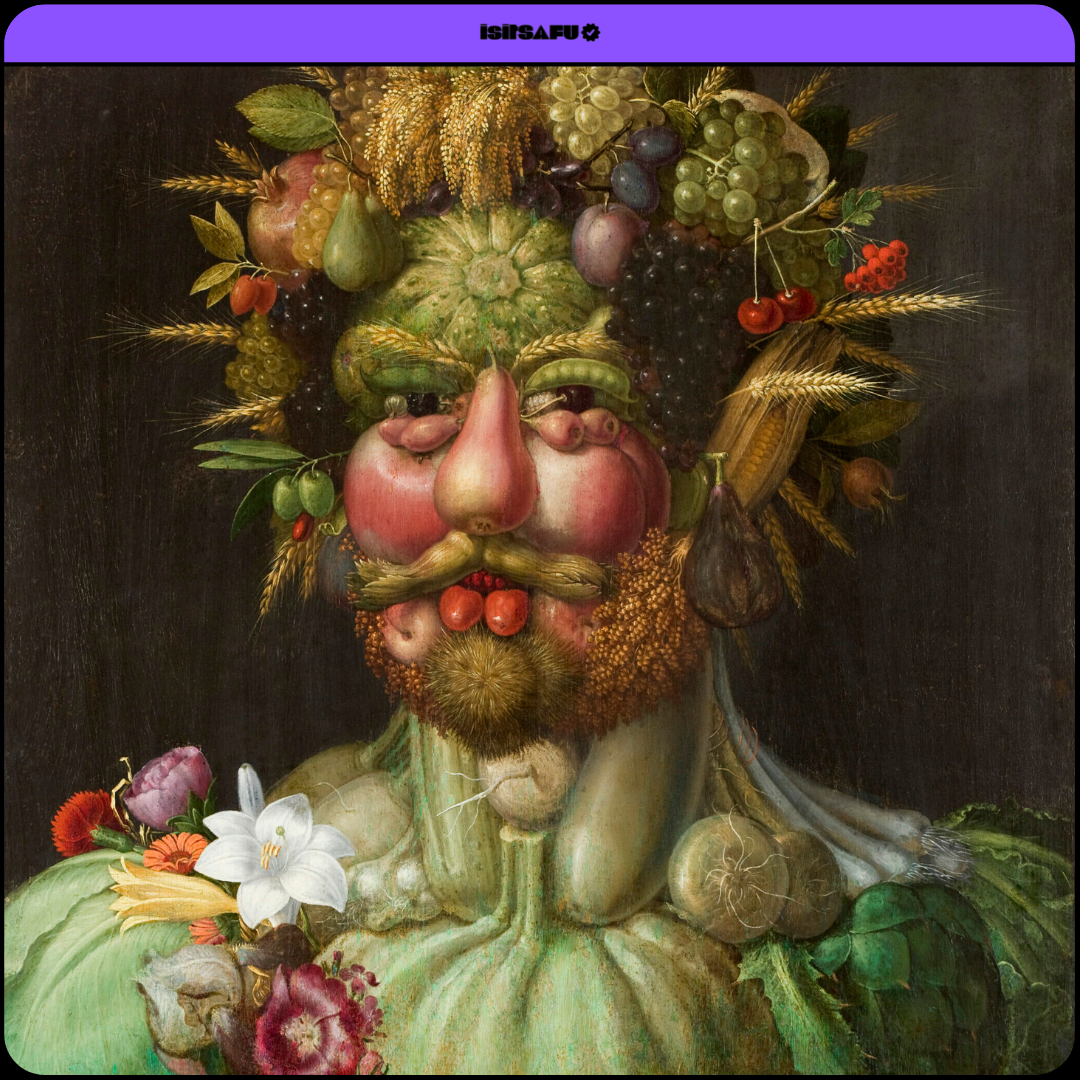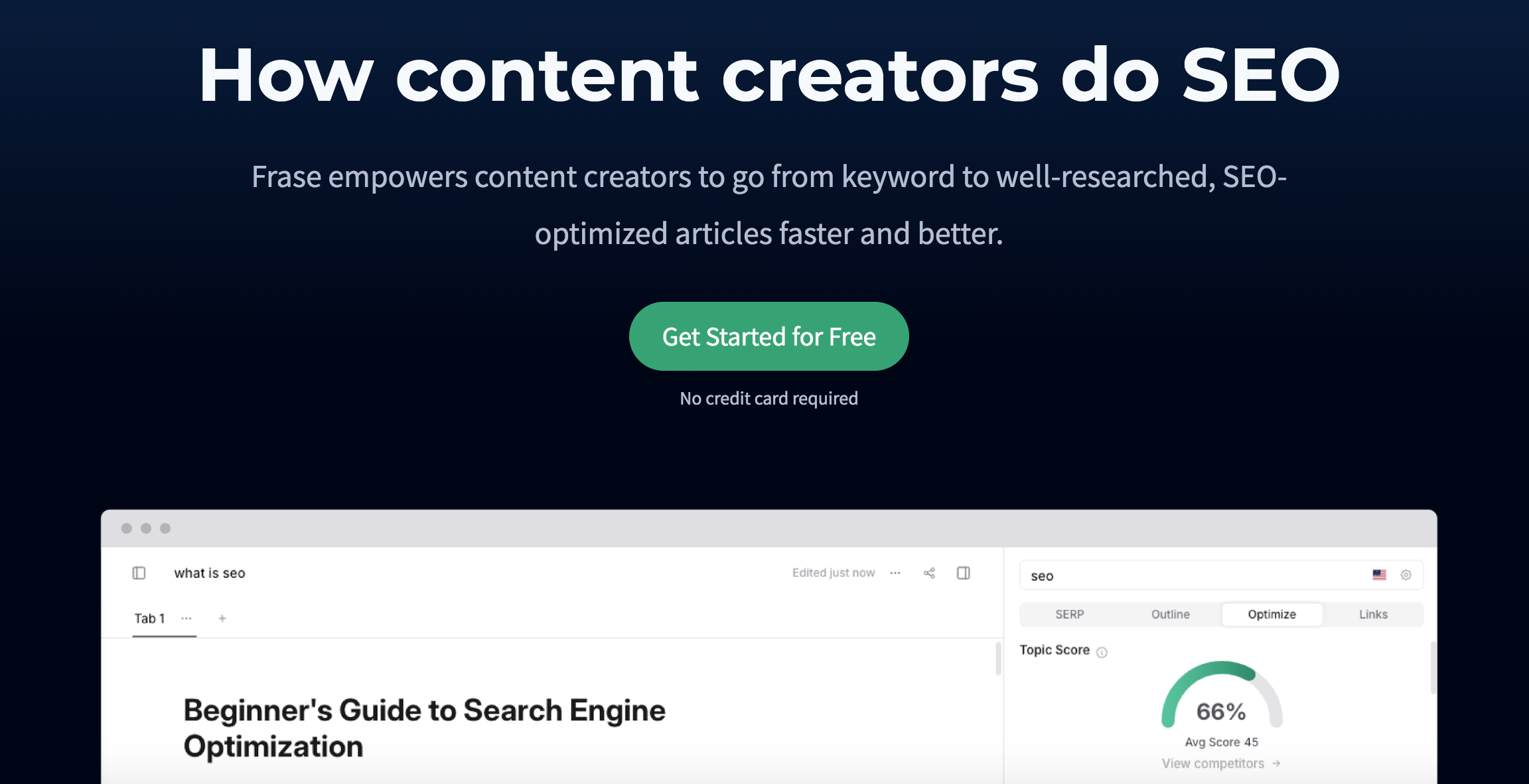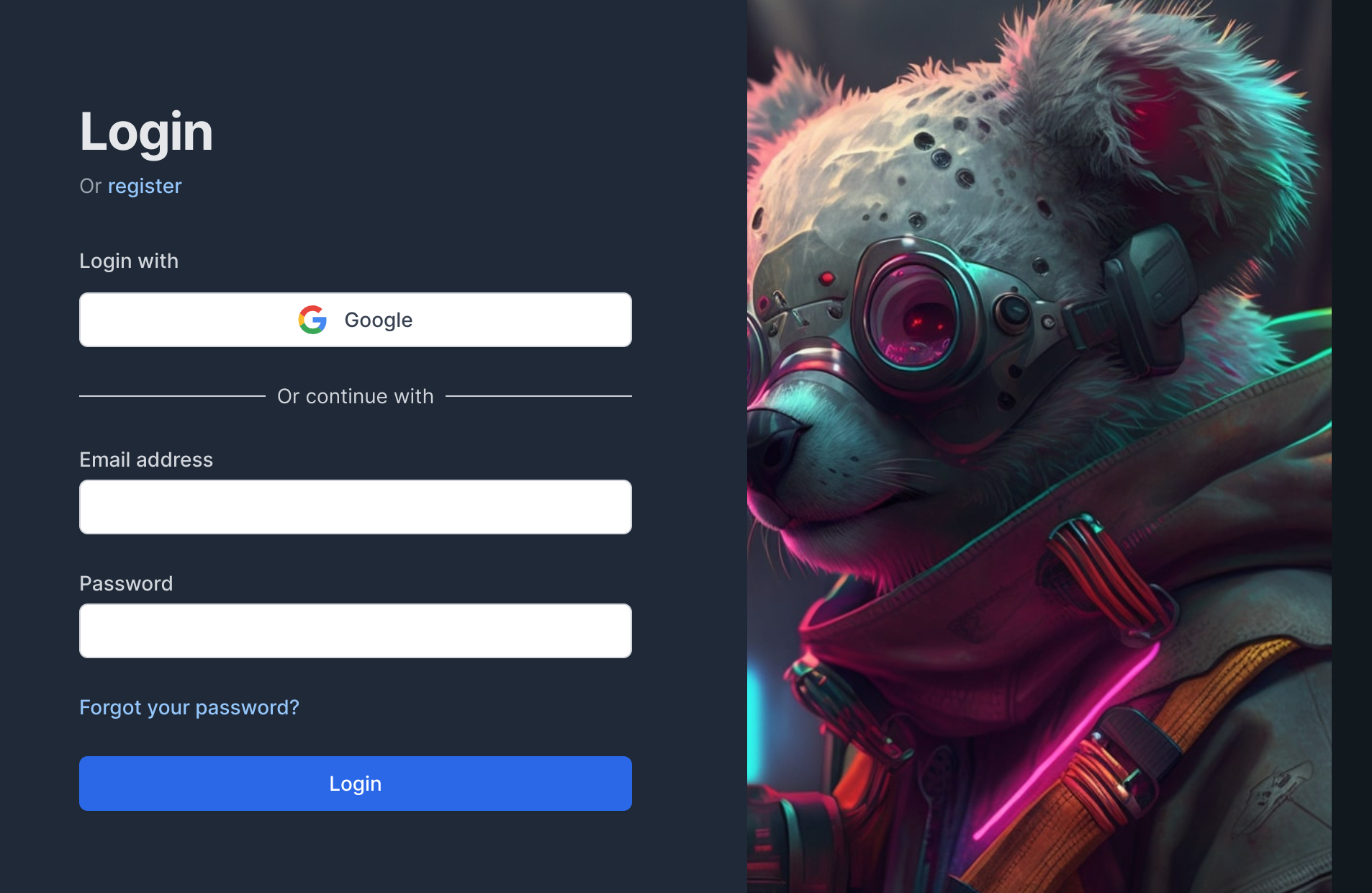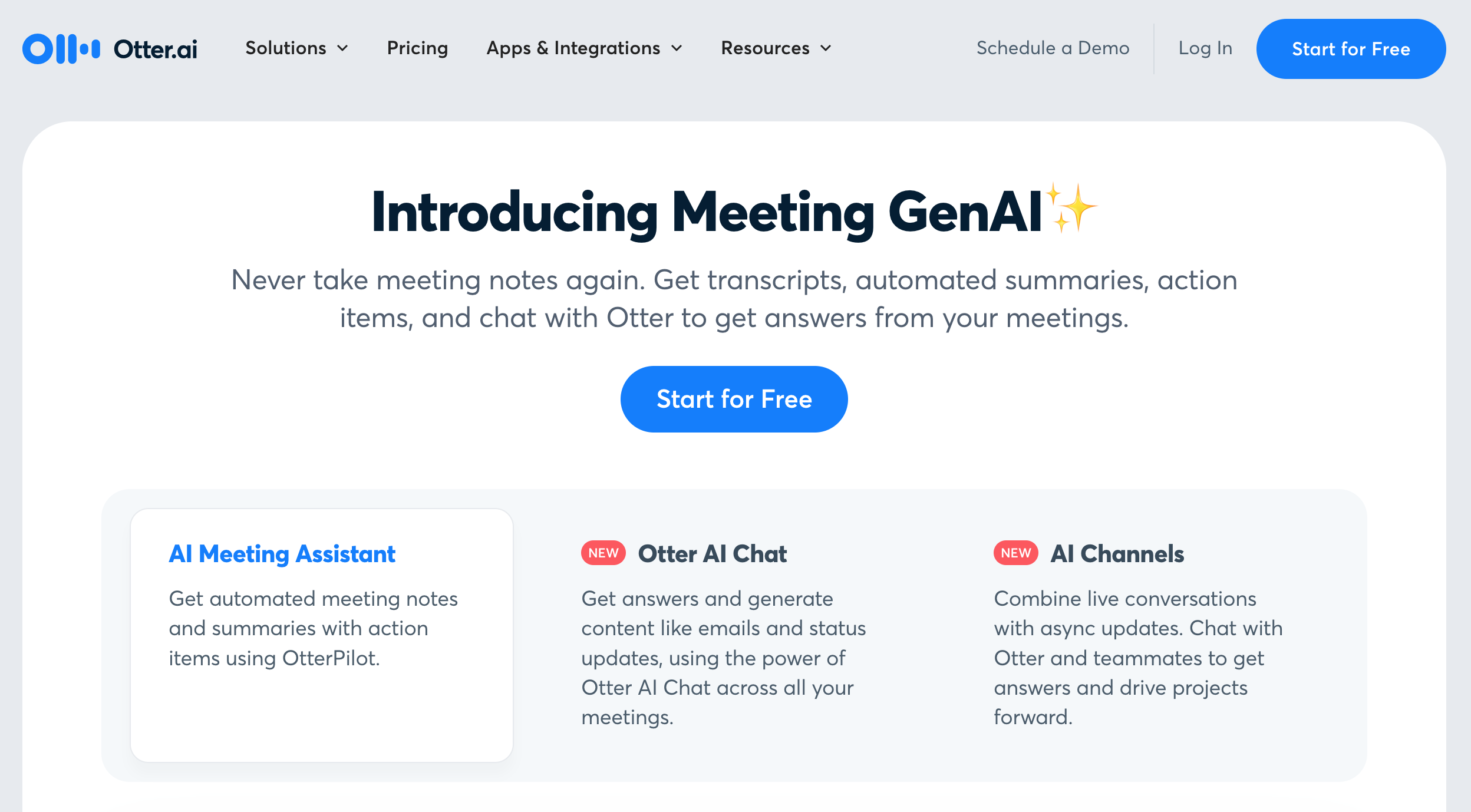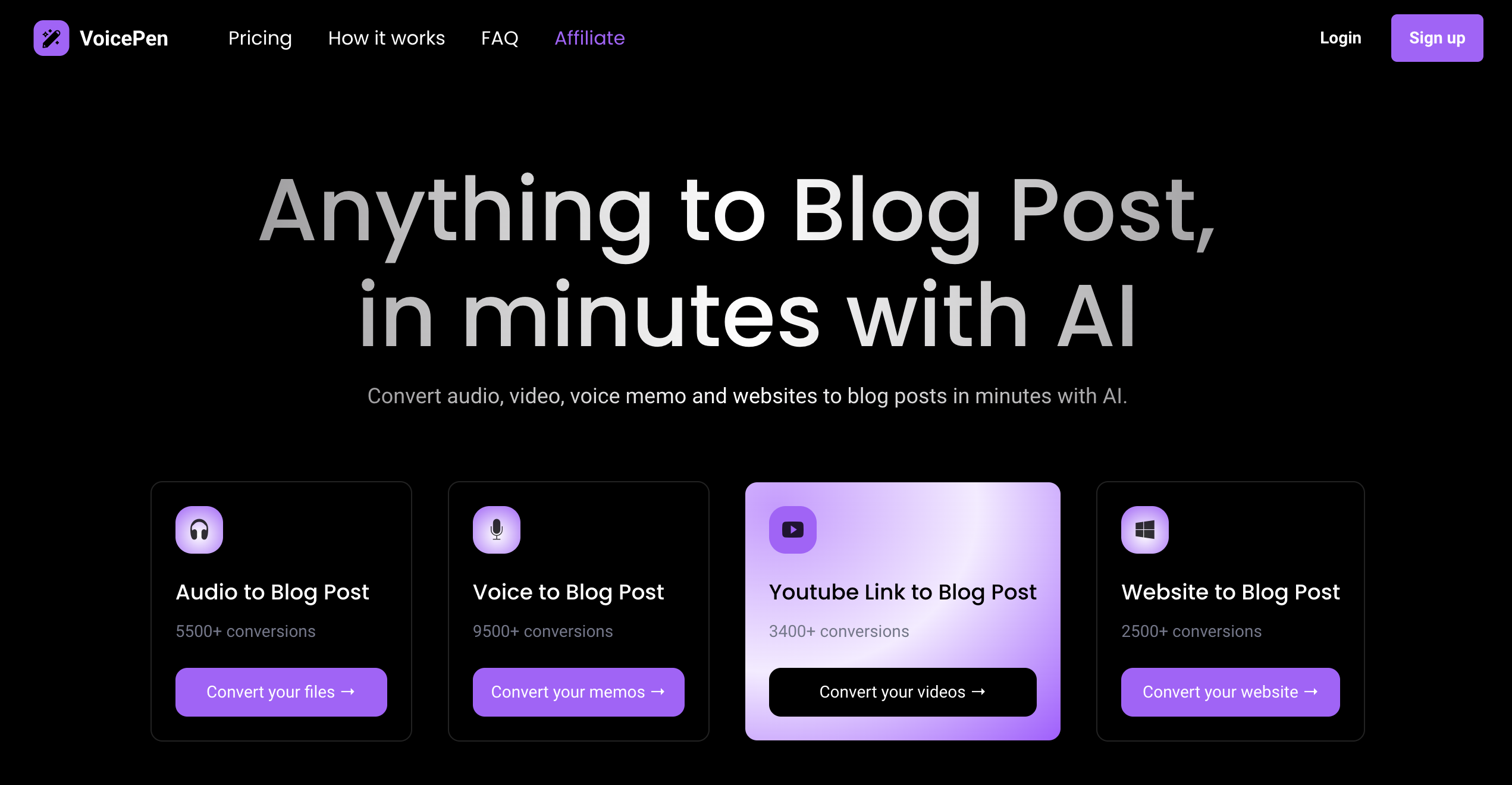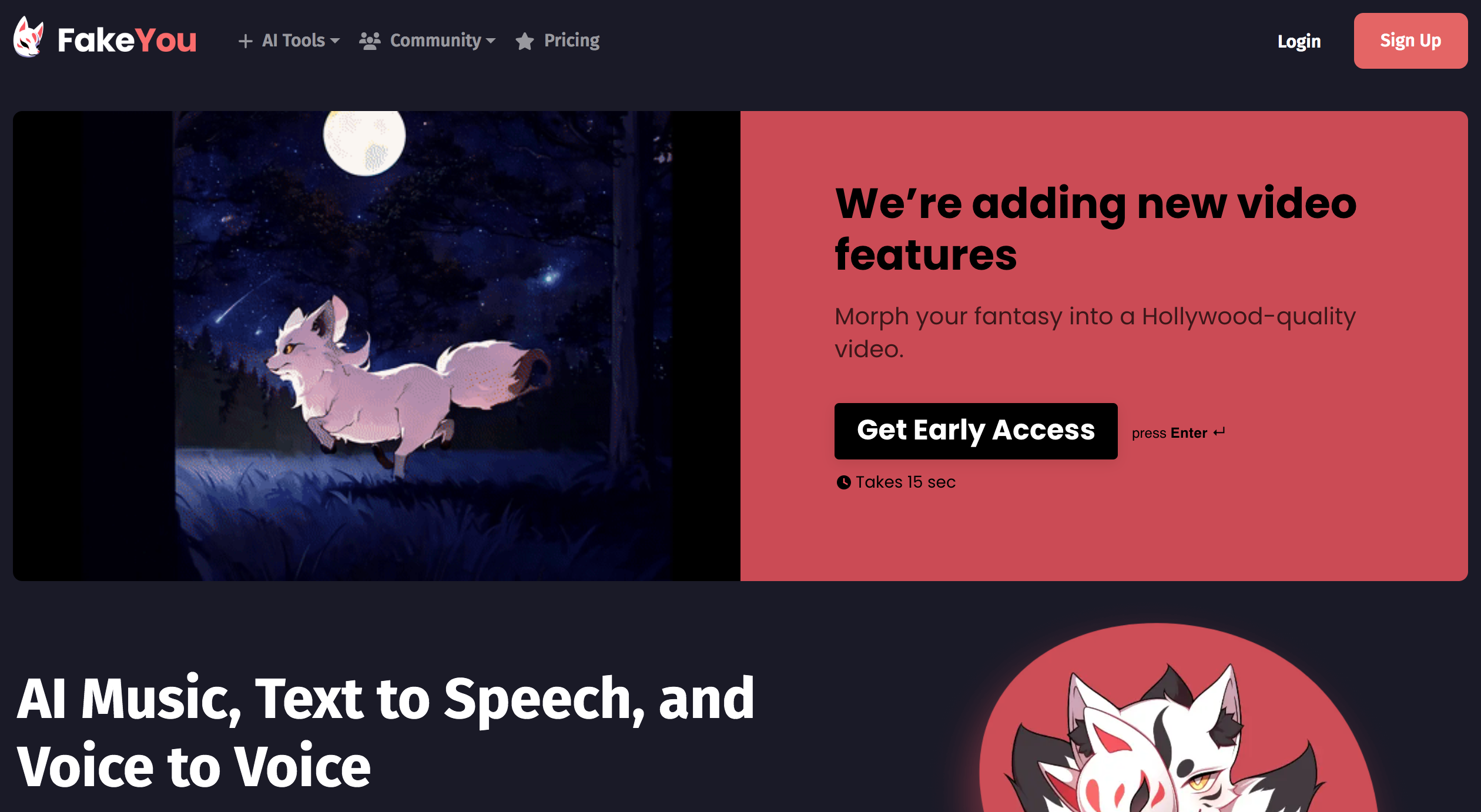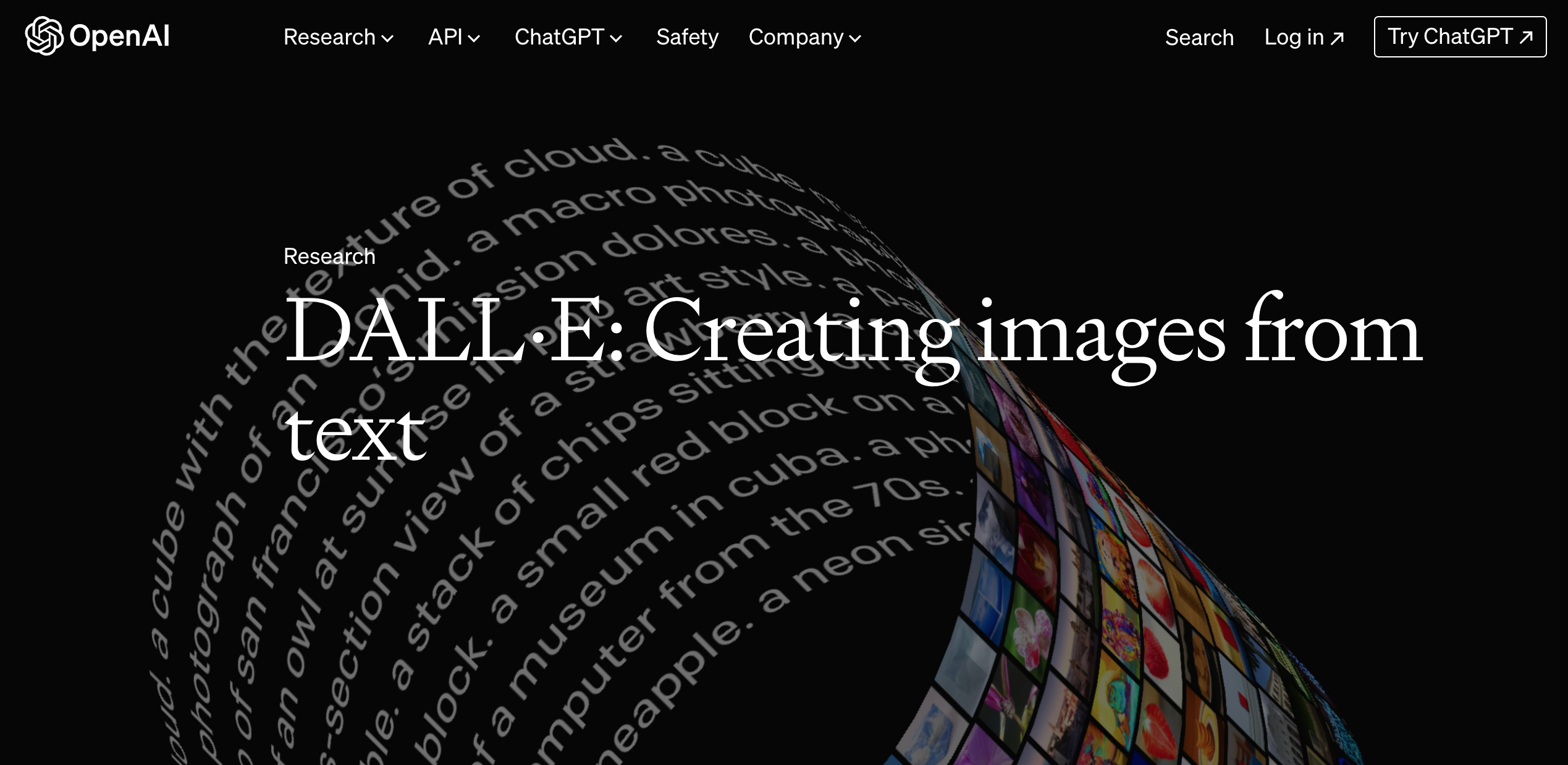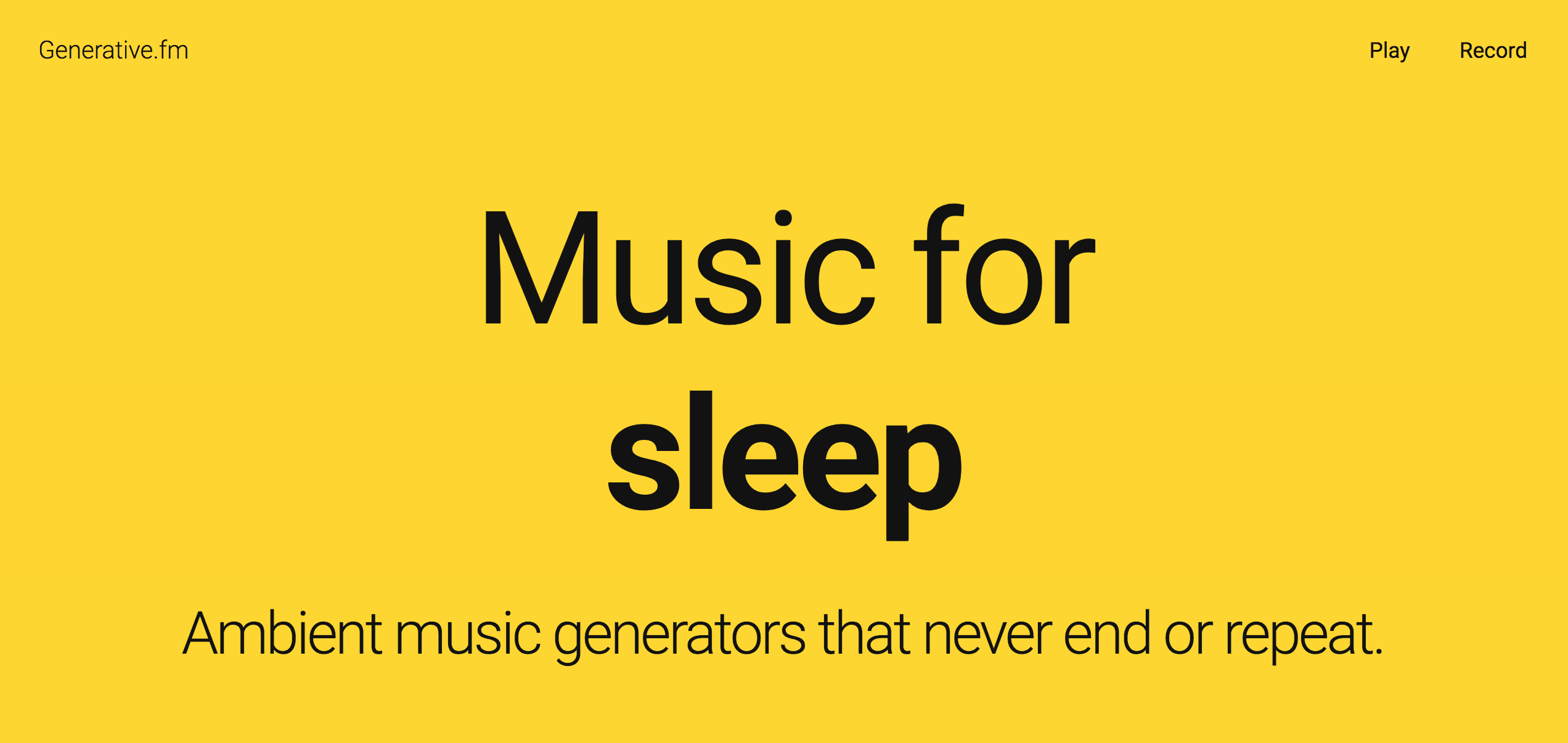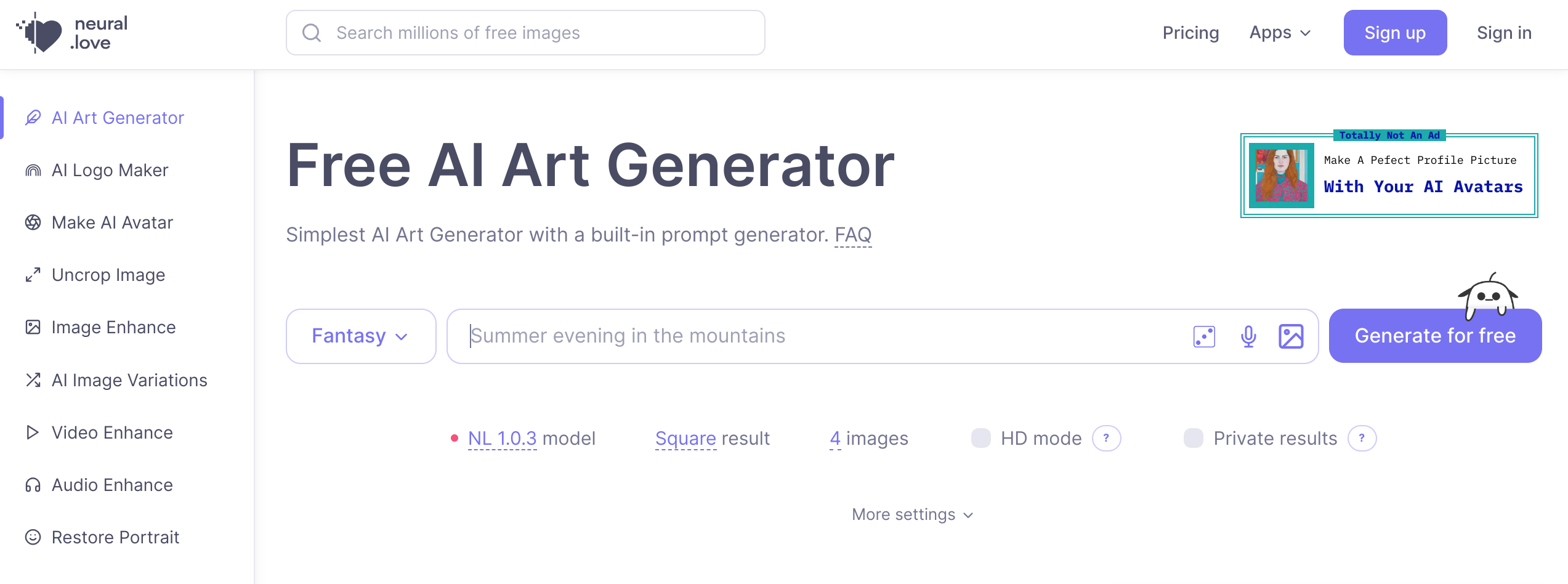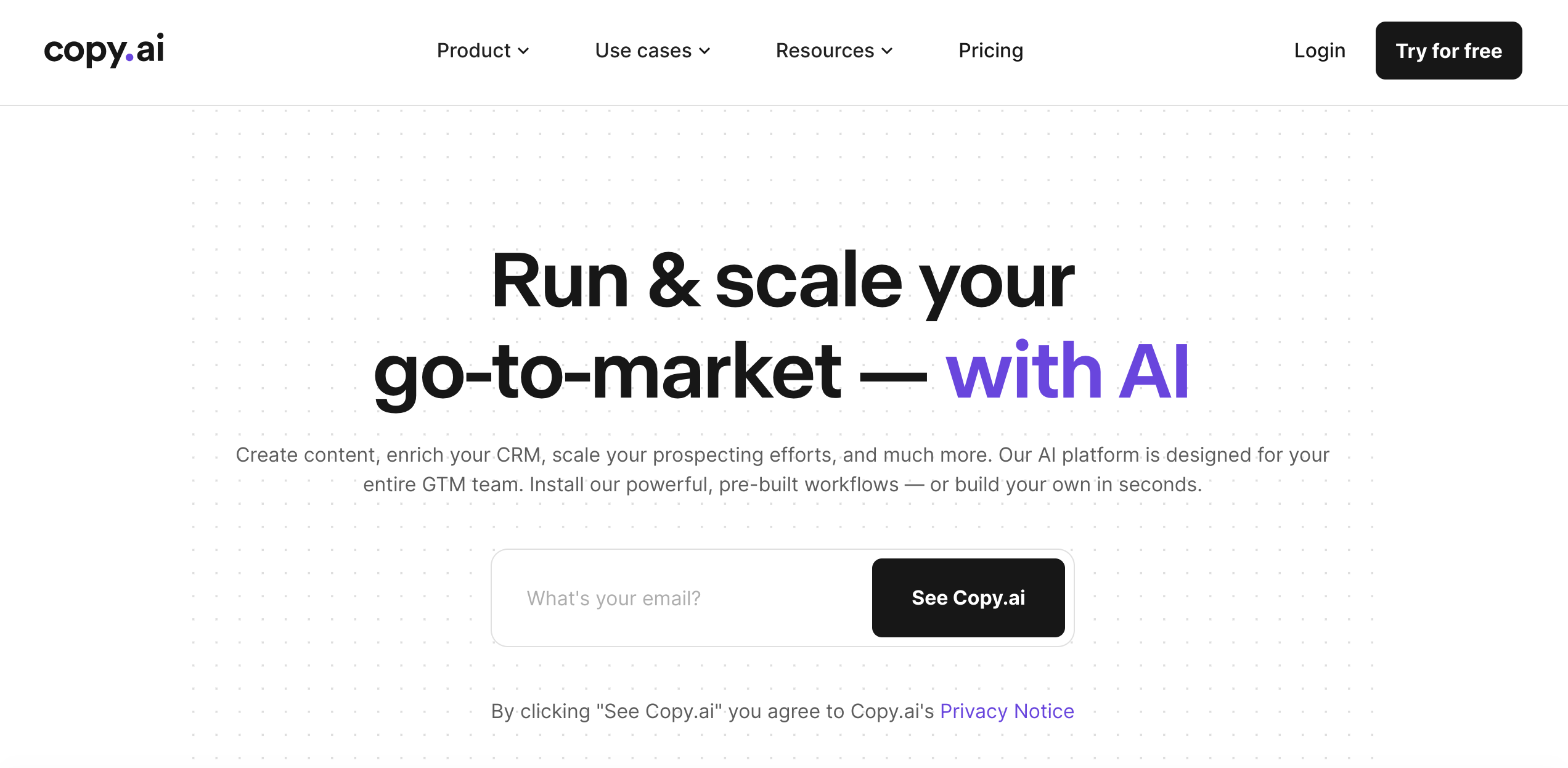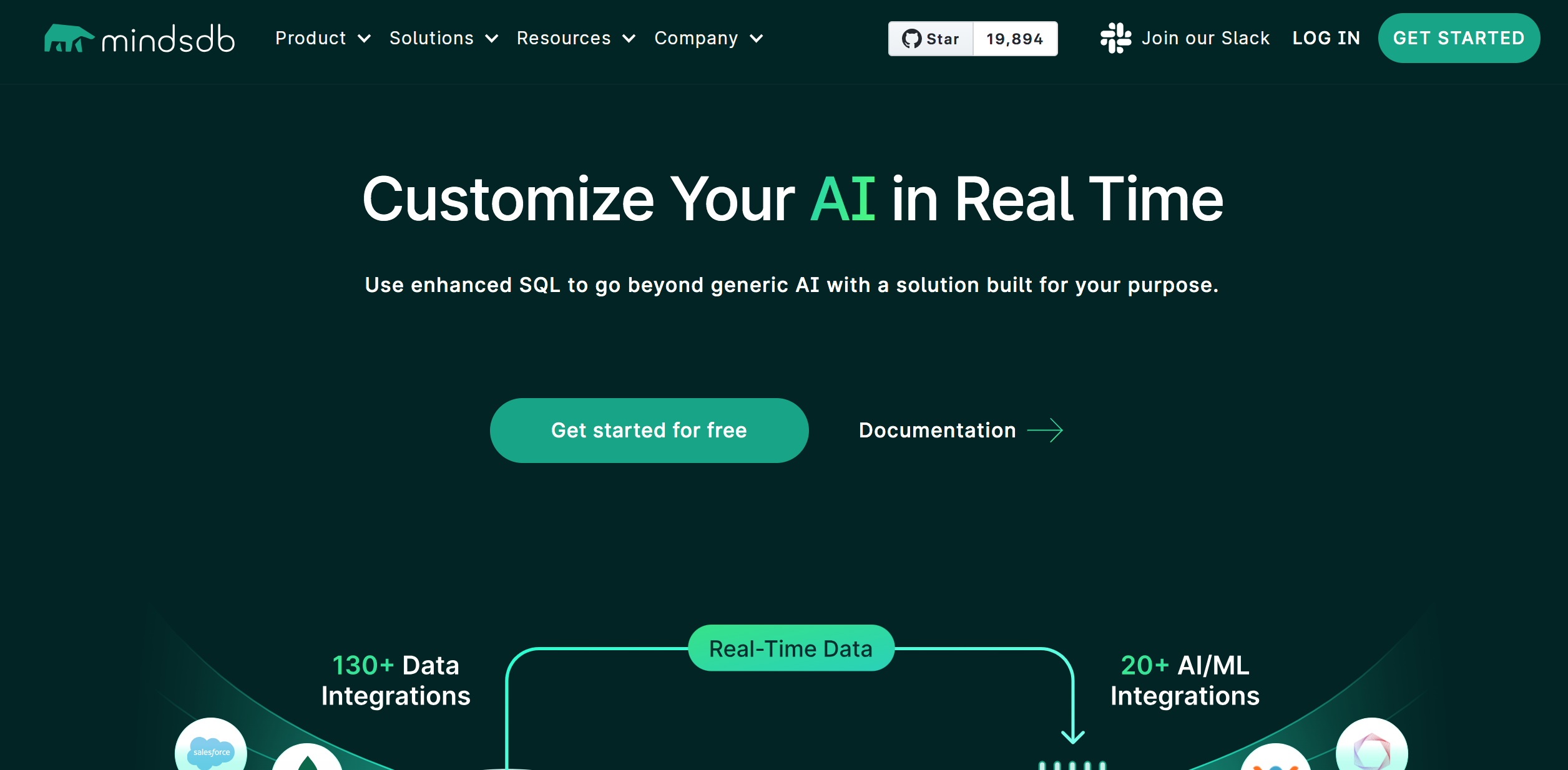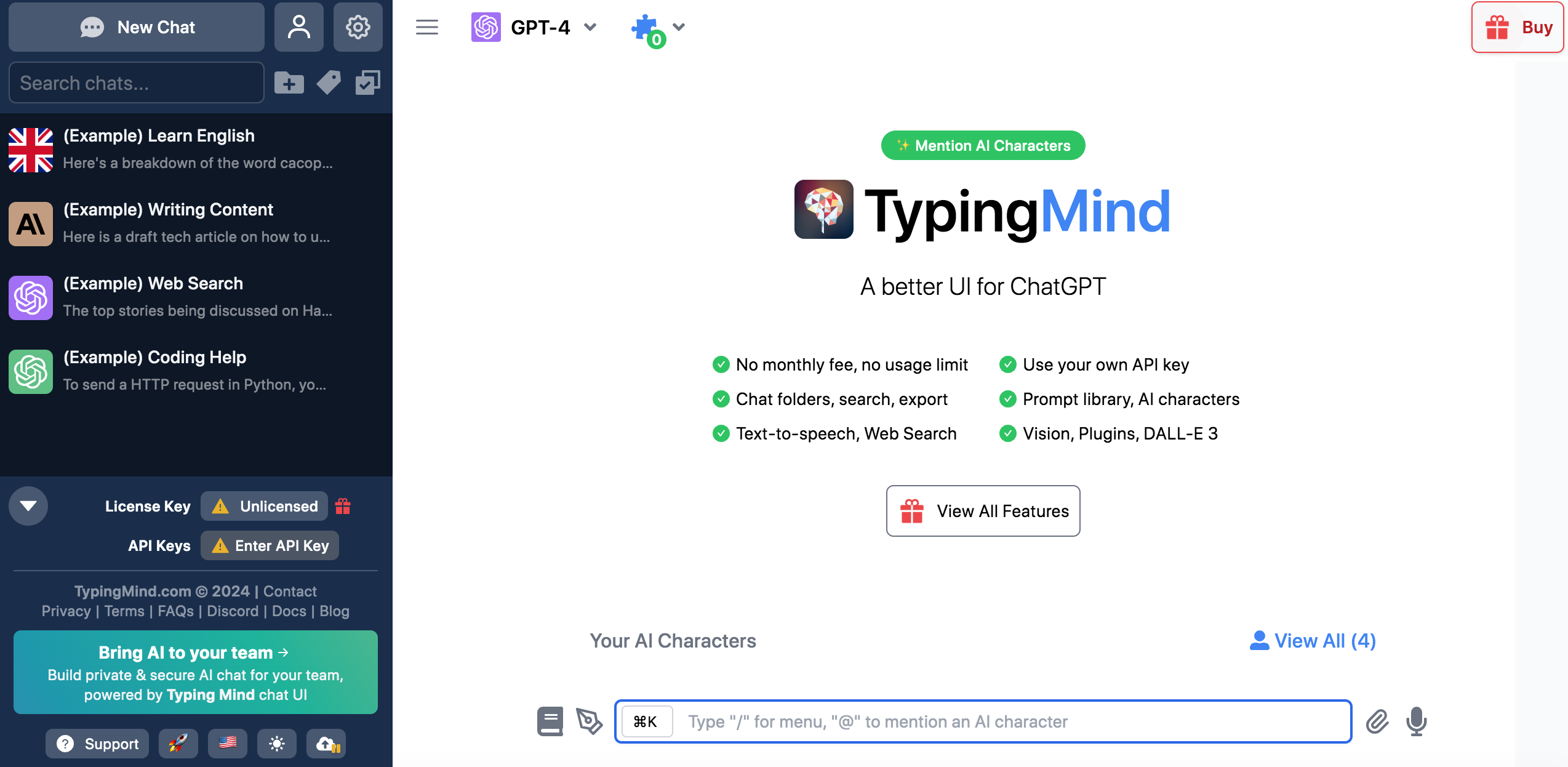Introduction
Non-fungible tokens (NFTs) have been making headlines lately, with record-breaking sales and artists making millions of dollars from selling their digital creations. But what exactly are NFTs, and why are they so popular? In this article, we’ll explore the basics of NFTs, including what they are, how they work, and how to buy and sell them. By the end, you should have an understanding of exactly why they are not dead.
Firstly, Why Are NFTs So Popular?
NFTs have become increasingly popular in recent years for several reasons. First, they allow creators to monetize their digital content in a way that was not previously possible. By creating an NFT, an artist or creator can sell their work directly to collectors without the need for intermediaries like galleries or auction houses.
Second, NFTs are seen as a way to provide authenticity and provenance for digital content. Because each NFT is unique and represents a specific piece of content, it provides a way for collectors to verify the authenticity of a digital asset and track its ownership history.
Finally, NFTs are popular because they appeal to collectors who are interested in owning unique and one-of-a-kind assets. The fact that each NFT is unique and cannot be replicated makes it a desirable asset for collectors.
The Rise of NFTs
NFTs have experienced an unprecedented surge in popularity, captivating the world with notable sales that have made headlines across the globe. One noteworthy example is the sale of a digital artwork by Beeple, which fetched a staggering $69 million in March 2021. This extraordinary achievement served as a turning point for the NFT market, igniting a wave of interest that led to an influx of artists, collectors, and investors into the NFT space.
Understanding NFTs
To comprehend the significance of NFTs, it’s essential to grasp their underlying concept. NFTs are unique digital assets that utilize blockchain technology to establish ownership and authenticate their uniqueness. Unlike cryptocurrencies such as Bitcoin or Ethereum, which are interchangeable, NFTs represent one-of-a-kind items, including artwork, collectibles, and even virtual real estate. These digital assets are bought and sold using cryptocurrency, primarily on specialized platforms known as NFT marketplaces.
The Value Proposition of NFTs
NFTs offer a multitude of opportunities and advantages for artists, collectors, and the digital ecosystem as a whole. Let’s explore some of the key benefits:
- Empowering Artists: NFTs provide artists with a novel means of monetizing their creations by enabling direct sales to collectors. By eliminating intermediaries, artists can increase their earnings and exercise more control over their work.
- Uniqueness and Exclusivity: Collectors are drawn to the concept of owning a digital asset that is verifiably scarce and exclusive. NFTs offer a way to own something truly one-of-a-kind in the digital realm.
- Protection of Intellectual Property: NFTs facilitate digital ownership and provenance, allowing creators to protect their intellectual property rights more effectively. This offers artists the assurance that their work cannot be easily copied or plagiarized.
NFT Challenges and Criticisms
While NFTs have gained immense popularity, they are not without their challenges and criticisms. Here are some of the key concerns associated with NFTs:
- Environmental Impact: The energy consumption associated with blockchain technology and NFT transactions has raised significant environmental concerns. Critics argue that the carbon footprint of NFTs undermines their sustainability.
- Lack of Regulation: The NFT market is still largely unregulated, leading to instances of fraud, plagiarism, and copyright infringement. This lack of oversight has caused skepticism among some potential investors and collectors.
- Market Volatility: The NFT market can be highly volatile, with prices fluctuating drastically. This volatility raises concerns about speculative bubbles and the potential for investors to suffer losses if the market experiences a downturn.
The Future of NFTs
Despite the challenges and criticisms, NFTs continue to evolve and show promise for the future. Here are some factors that indicate the potential longevity of NFTs:
- Market Maturity: As with any emerging technology, the NFT market is undergoing a maturation process. With increased scrutiny, regulation, and the development of best practices, the market is striving for stability and sustainability.
- Integration with Web3: NFTs are an integral part of the Web3 ecosystem, which focuses on decentralization, ownership, and user empowerment. This integration may lead to broader adoption and the evolution of new business models that leverage the unique capabilities of NFTs.
- Diverse Applications: NFTs have the potential to revolutionize various industries beyond art. Gaming, music, fashion, and real estate are just a few sectors that can leverage the benefits of NFTs. This diversification of use cases could contribute to the long-term viability of NFTs.
NFT Job Opportunities
The growing demand for NFT-related services has created a range of job opportunities in the NFT space. Specifically, Sydney, Australia, has emerged as a hub for these job opportunities, with numerous companies establishing their presence in the city’s thriving tech ecosystem. Here are some specific job roles within the Web3 sector that are in demand:
- Blockchain Developers: Companies in the Web3 space require skilled blockchain developers who can design and implement smart contracts, decentralized applications, and secure infrastructure.
- Decentralized Finance (DeFi) Specialists: As NFTs and DeFi intersect, there is a need for professionals who understand both spaces. DeFi specialists can contribute to the development of decentralized finance platforms that integrate NFTs.
- NFT Consultants: Expert consultants who possess in-depth knowledge of the NFT market and trends are sought after by companies and individuals looking to navigate the complexities of the NFT space.
Staying Updated with NFT Trends: Best NFT Newsletters
To remain informed about the latest NFT developments, subscribing to reputable NFT newsletters is a valuable strategy. Here are some of the best NFT newsletters that provide comprehensive coverage and analysis:
- NFT Insider: This newsletter offers in-depth coverage of NFT news, trends, and market insights, helping readers stay ahead of the curve.
- The NFT Review: A curated newsletter that brings you a selection of NFT-related news, analysis, and commentary from trusted sources.
- NFT Plaza: With a focus on interviews with artists, collectors, and industry experts, this newsletter provides unique perspectives and insider knowledge.
How to Buy and Sell NFTs
Buying and selling NFTs is similar to buying and selling any other digital asset. There are several marketplaces and platforms where NFTs can be bought and sold, such as OpenSea, SuperRare, and Nifty Gateway.
To buy an NFT, you will need to create a digital wallet that supports the blockchain that the NFT is built on. For example, if you want to buy an NFT that is built on the Ethereum blockchain, you will need to create an Ethereum wallet. Once you have a wallet, you can transfer cryptocurrency to it, which you can then use to purchase an NFT.
To sell an NFT, you will need to create an NFT and list it on a marketplace or platform. You will need to set a price for the NFT and pay a fee to the platform for listing it. Once the NFT is sold, you will receive payment in cryptocurrency, which you can then transfer to your digital wallet.
Conclusion
While the future of NFTs remains uncertain, their impact on the art world and digital ownership is undeniable. NFTs have provided creators with new avenues for monetization, collectors with unique digital assets, and the digital ecosystem with exciting possibilities.
As the NFT market continues to mature within the Web3 landscape, it is vital to stay informed about the latest trends and developments. Whether NFTs are here to stay or merely a passing trend, time will ultimately reveal their true trajectory. However, one thing is certain: NFTs have left an indelible mark on the digital landscape, transforming the way we perceive and interact with digital assets.
